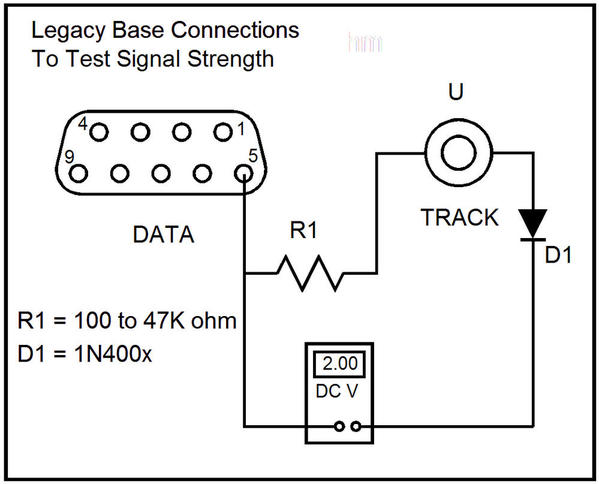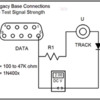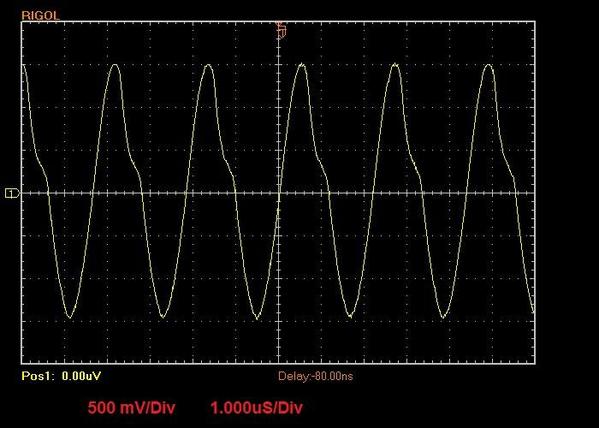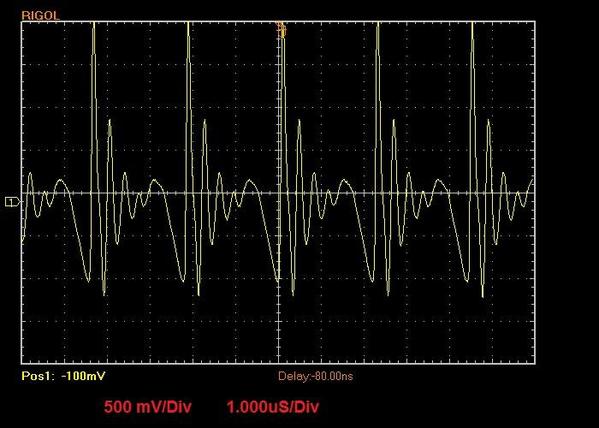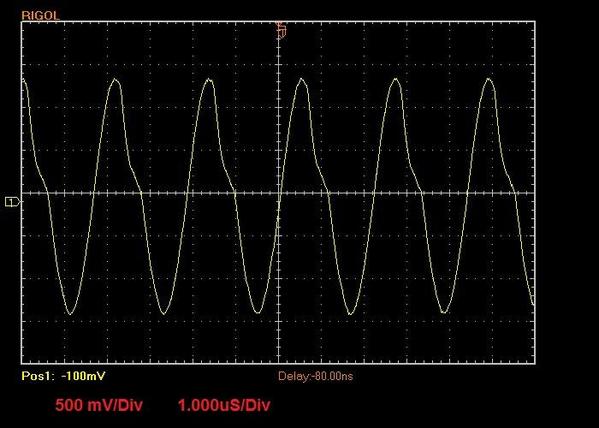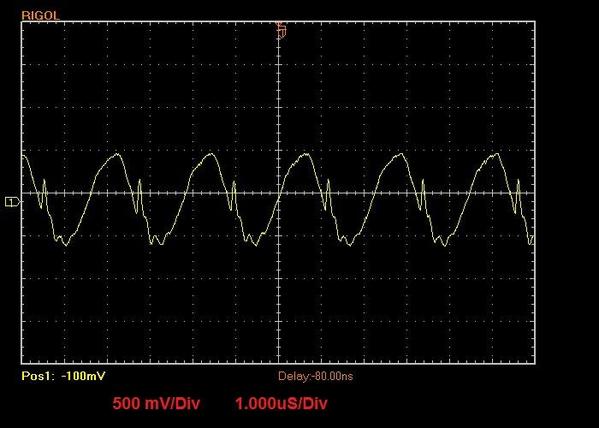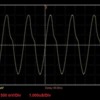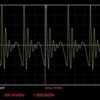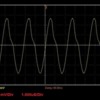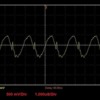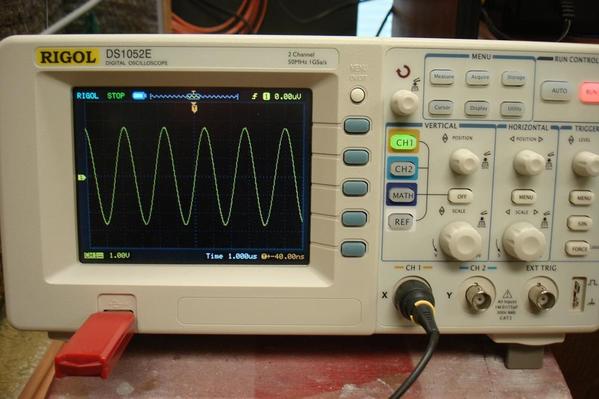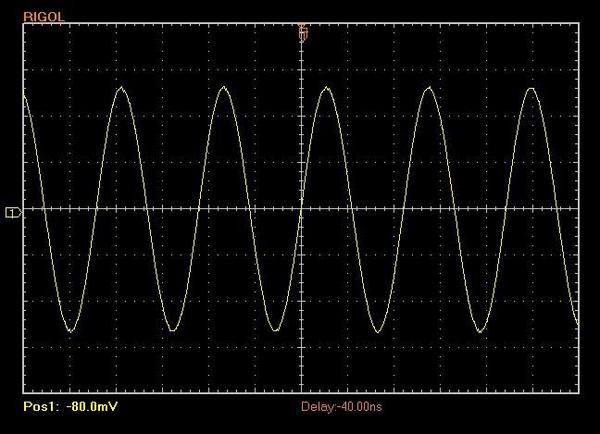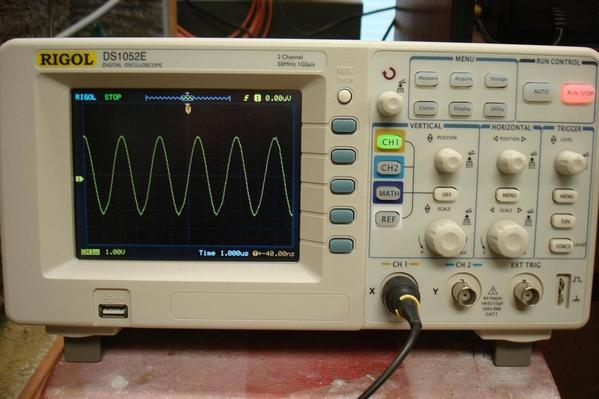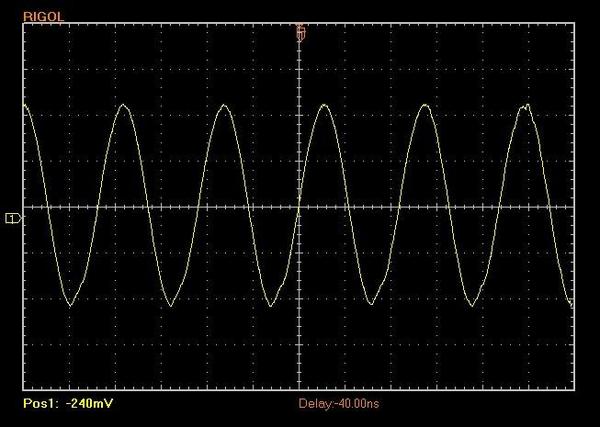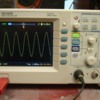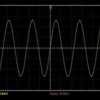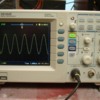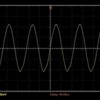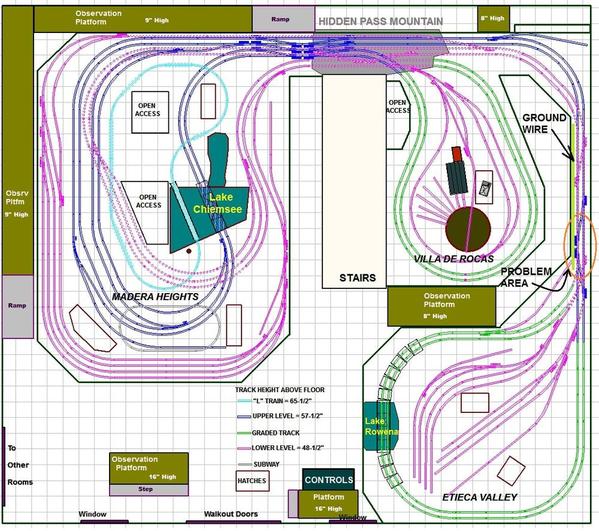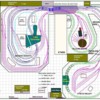As part of my work with Lyle Dumont in Iowa to solve his TMCC signal problems, I developed an easy technique to measure the strength of the TMCC/Legacy signal going to the track (http://www.trainfacts.com/trainfacts/?p=436).
Recently Lyle made some measurements on his 2 layouts that were very interesting. First, he measured the Legacy base on his big layout (40'x90') without anything connected except the metering circuit connected to the Track stud and Pin 5 of the 9-pin. He got about 1 volt, which is only half of what he should get for a good Base. (Interestingly, when I visited Lyle over a year ago, his Legacy Base was defective, clipping off half of the sinewave Track signal. He sent it to Lionel for repair, but now I doubt that it was ever really repaired since his voltage reading agrees with a half-clipped sinewave output.)
Lyle then connected the Track wire to the stud, and the signal dropped to about .3V. We expect to see a lot of capacitive loading with a large layout and we don't have any numbers that determine go/no go for the Track signal.
Next, Lyle brought the Legacy Base from his smaller layout onto the big layout. The unloaded reading was the full 2 volts that is expected, and the loading dropped things to about .63 volts, twice what the other Base was outputting. He was able to run his balky steam engines without problems using the good Base.
Lyle was also able to make signal measurements on the smaller layout to confirm that he was getting a stronger Track signal, which was to be expected with the reduced capacitance of the smaller layout.
The moral of this story is that you can't beat having something that quantitatively measures the actual Track signal. As a result, I am going back into the "TMCC/Legacy" accessories business by offering a complete metering unit that includes a volt/ohm meter, the rectifying circuit and the proper connectors (feed-thru 9-pin and forked lug) for attaching to a TMCC or Legacy Base. The price is $60 plus shipping. Contact me at dmanquen@msn.com for more details or to place an order. Please do not try to order through this Forum.




